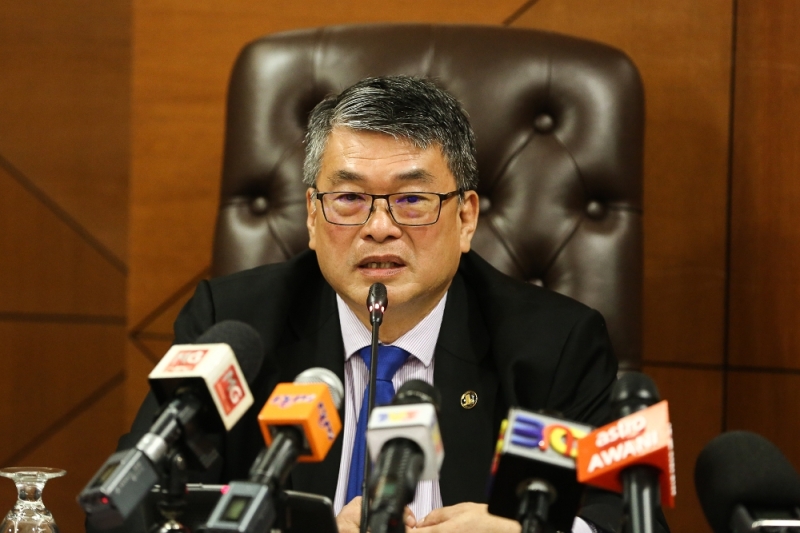LONDON: Oil prices jumped by around 4% on Tuesday after the biggest one-day rout in nearly 30 years as investors eyed the possibility of economic stimulus, although a looming price war weighed on sentiment.
US President Donald Trump on Monday said he will be taking “major” steps to gird the US economy against the impact of the spreading coronavirus outbreak, while Japan’s government plans to spend more than US$4 bil (RM16.89 bil) in a second package of steps to cope with the virus.
Brent crude futures were up US$1.44, or around 4%, to US$35.80 a barrel by 0903 GMT, after hitting a session high of US$37.38.
West Texas Intermediate (WTI) crude gained US$1.52, or around 5%, to US$32.65 a barrel, after hitting a high of US$33.73.
Both benchmarks plunged 25% on Monday, dropping to their lowest levels since February 2016 and recording their biggest one-day percentage declines since Jan 17, 1991, when oil prices fell at the outset of the first Gulf War.
Trading volumes in the front-month for both contracts hit record highs in the previous session after three years of cooperation between Saudi Arabia and Russia and other major oil producers to limit supply fell apart on Friday, triggering a price war for market share.
Saudi, the world’s biggest oil exporter, plans to supply 12.3 million barrels per day (bpd) in April, well above current production levels of 9.7 million bpd, Saudi Aramco CEO Amin Nasser said on Tuesday.
April’s crude supply will be “300,000 barrels per day over the company’s maximum sustained capacity of 12 million bpd,” Nasser said in a statement.
Price pared gains by over a US$1 on the news.
Russian oil minister Alexander Novak said he did not rule out joint measures with OPEC to stabilise the market, adding that the next OPEC+ meeting was planned for May-June.
“Price wars and pandemics are nothing new to the commodity markets, but both occurring simultaneously is something we have yet to witness in our careers,” RBC analysts said in a note.
“Such action will test the market’s self-balancing mechanism absent the backstop of OPEC, a mechanism that has not been tested since the US shale boom was in its infancy,” they added.
Sentiment was also lifted after Chinese President Xi Jinping visited Wuhan, the epicentre of the coronavirus outbreak, for the first time since the epidemic began, and as the spread of the virus in mainland China slows sharply.
China, the world’s second-largest oil consumer, is trying to get people in hard-hit Hubei province back to work by using a mobile phone-based monitoring system that will allow people to travel within the province.
Crude was also supported by hopes for a settlement to the price war and potential US output cuts, although analysts warned gains may be temporary as oil demand continues to be hit by the virus outbreak, which has spread beyond China and prompted Italy to implement a nationwide lockdown.
US shale producers rushed to deepen spending cuts and could reduce production after OPEC’s decision to pump full bore into a global market hit by shrinking demand.
“When you look at the leverage the industry is in, at prices of around US$30, it’s not profitable,” said Jonathan Barratt, chief investment officer Probis Group. – March 10, 2020, Reuters










